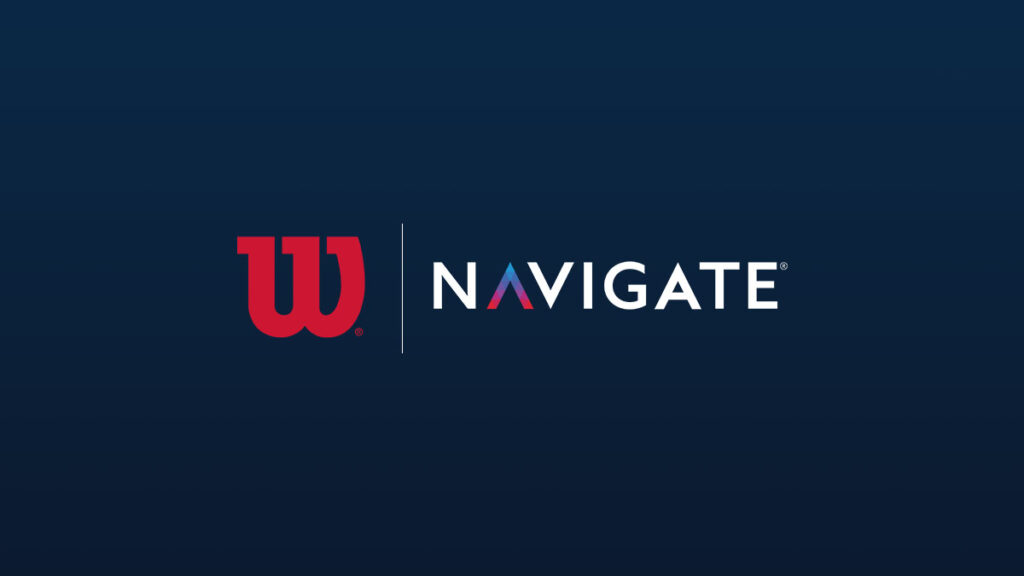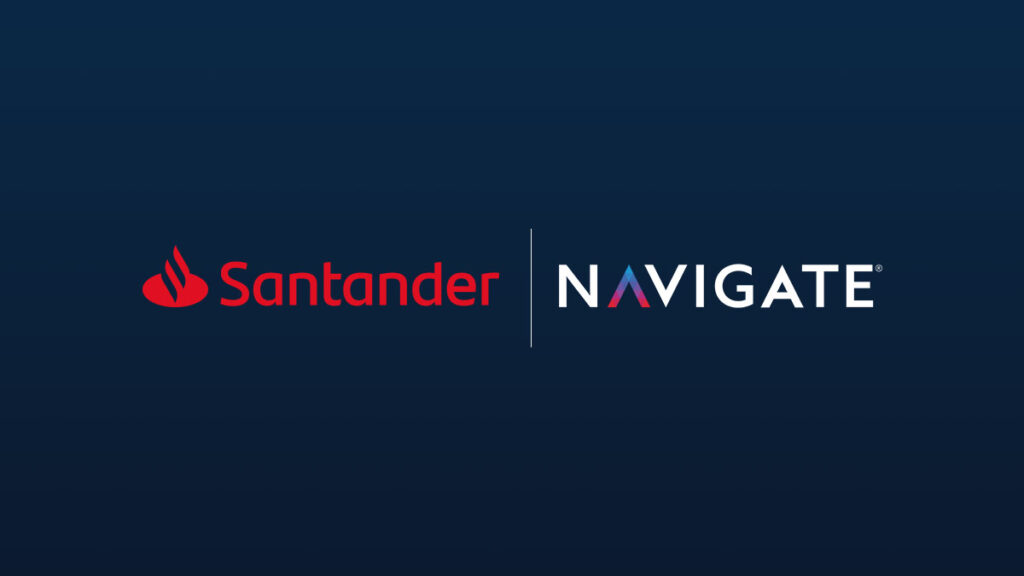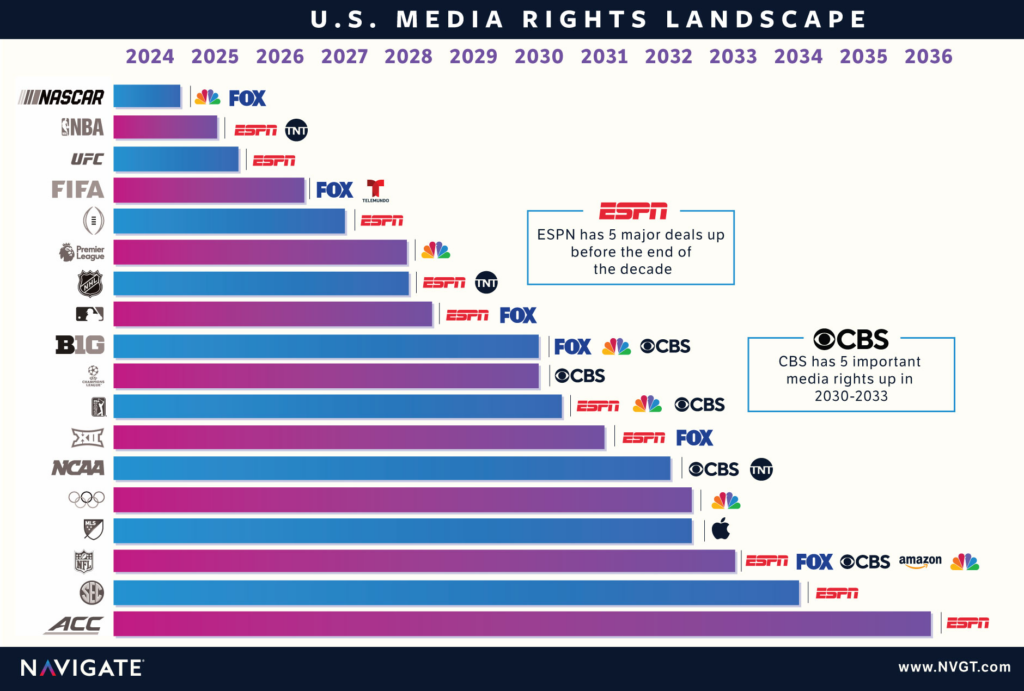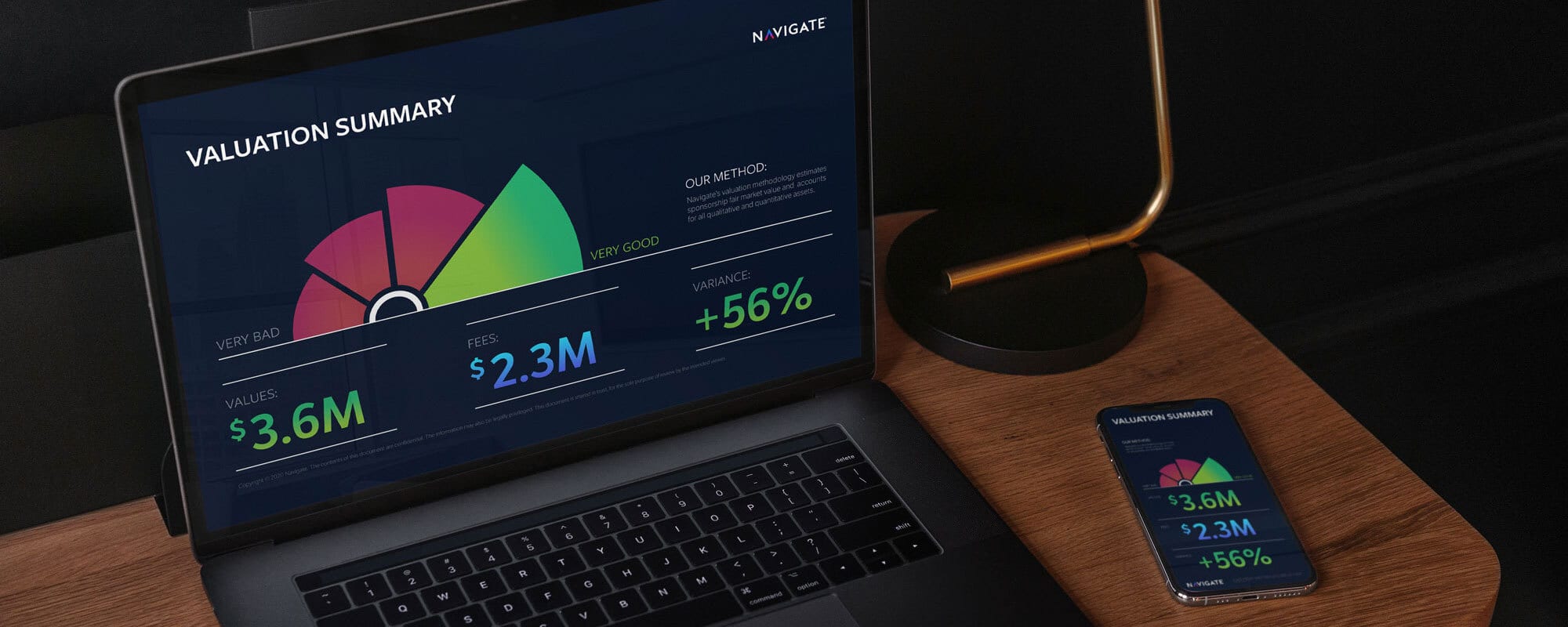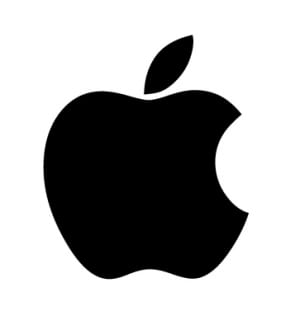
Simplicity in the Sports Business
What is a company? A business? A corporation? It all begins with an idea. Usually followed by a highly motivated founder, a uniform and aggressive team, strategic structure and plan for growth once this single idea begins to take shape and gain believers and in turn, customers. The question is, how do we react to growth? And on the other hand, how do we constantly reinvent our idea and brand when our revenue numbers are not ideal?
Nine times out of ten revenue growth equals product expansion and platform development, especially seen during and after the .com world made it achievable for the average American to carry a personal pint sized computer in the palm of their hands at all hours of the day.
Let’s consider Apple Inc. as an example. It all began 39 years ago when Apple developed the Apple computer kit. Revenue doubled every four months during the first 5 years of operations, for an average growth rate of 700%. Apple was not slowing down anytime soon. The company is now included in the following industries: computer hardware, computer software, consumer electronics and digital distribution. Apple does not only socialize with all the kids in the sand box, but they do it well. With 1 million people visiting Apple retail stores each day globally it’s safe to say “you can’t judge college dropouts.”
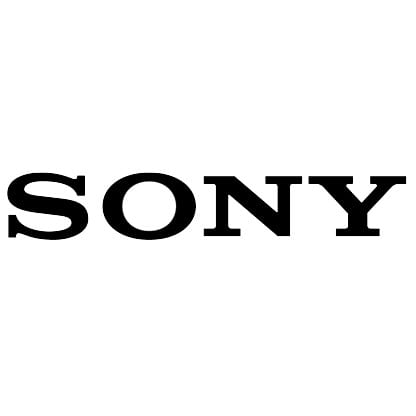
On to another visionary company that is taking a different approach: Sony. Sony is going through major changes to focus on where their brand needs to reside. Listening to demand and catering to needs. Sounds simple. Sony is strategizing to exit the TV and Smartphone sectors of the industry and is focusing it’s spending on a more profitable business- camera sensors, videogames and entertainment. As a result of taking a step back and retargeting the brand, Sony “shares have risen more than 80 percent over the past year as investors applauded the restructuring (Reuters- Sony Sees 25-Fold in Profit Jump by 2018).”

Brooks Running is another innovative brand that operates on its strengths and is focused on producing the very best in what they know. Brooks has transformed the specialty, and even mainstream world of running. With 9,000,000 people running more than 110 days a year, proper footwear is a must have. But the brand that is now the leader in the “multibillion-dollar specialty running shoe market with 29% market share (Inc.- How Brooks Reinvented its Brand)” has not always been the top dog. On the brink of bankruptcy in 2001, Jim Weber signed on as CEO. His idea was simple- focus on what Brooks does best: producing the top performing running shoes. It could not have easy to cut product lines that produced more than 30 million in revenue, but after the changes, Brooks has surpassed the $500,000,000 mark last year.
How do we make sense of these three examples? One company that has embraced expansion and has performed well in various industries. Another company has cut losses and is taking the road less traveled. The third business narrowed its vision in developing the very best products in a targeted specialty market.
Kevin Plank, successful CEO and founder of Under Armour, recently discussed his daily routine, business growth and motivation factors. He has a white board in his office with various quotes written down in black ink. Sounds like a busy clutter of inspiration. However, one phrase is written in red and it reads something along the lines of “don’t forget to focus on what has made you successful- sell quality shirts and shoes.”


